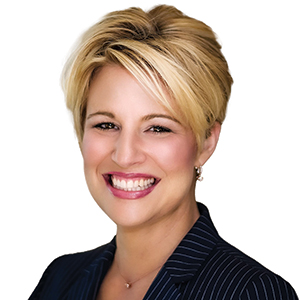This year drove M&A dealmakers to face unrelenting challenges and a stark decline in activity, by result. Rising interest rates, geopolitical turmoil, and unmuted fears of economic recession drove a marked downturn in deal activity and a “what next?” sentiment across the industry. Since bottoming out in the first quarter 2023, however, signs of change may be in the air. More dealmakers have re-entered the ring, and M&A activity shows early signs of resurgence. Despite lingering headwinds, certain fundamental drivers of M&A activity may serve to shift the tides. Included among these are:
- An unprecedented amount and mix of available capital.
- Long-awaited narrowing of the gap between sellers’ and buyers’ valuation expectations is becoming evident through reported deal comparables.
- Using M&A as a primary path for corporate strategy, including supply chain resilience, ESG initiatives and evolving digitization.
While much remains to be seen in the months ahead, it’s clear that the market has been shifting toward embracing smaller deals in this post-pandemic cycle. In steering their companies toward continued success, corporate and financial buyers are recognizing the value of smaller-scale deals, especially in the prevailing high-interest-rate environment. Now more than ever, Programmatic M&A may be the most valuable growth tool a company can develop. But what is it, and how does it work?
Programmatic M&A involves the strategy of planning a series of deals around a specific strategic theme, with acquirers completing multiple smaller transactions throughout the year. Acquirers who execute with a Programmatic approach may complete five, 10, even 15 deals per year, of a relatively smaller size. Unlike less frequent but more transformative acquisitions, this approach allows companies to think about M&A on a daily basis, building a systematic blueprint for decision-making. But Programmatic M&A is not simply a volume play. Instead, it drives strategy for building businesses, services and distinctive capabilities.
Here are some of the hallmarks of Programmatic Acquirers and what sets their tactics apart:
- A clear understanding of competitive position. Programmatic Acquirers know their competitive differentiators, align with industry trends and secure assets to meet inorganic growth goals.
- A dynamic M&A strategy. They view their M&A strategy as dynamic, proactively building relationships with ideal acquisition targets rather than relying on opportunistic review of in-market deals.
- An end-to-end dealmaking team. They construct a comprehensive dealmaking team with the talent, financial resources and integration capacity to act quickly on the right opportunities.
Despite remaining headwinds and some uncertainty, the demand for acquisitive wins is strong. The case for a Programmatic approach to M&A has long been established. But particularly in the face of market instability, its effectiveness across multiple industry sectors reflects its staying power and potential to outperform organic growth strategies. Moreover, with increased regulatory scrutiny and financial considerations related to larger deals, the regular completion of a series of complementary small to mid-sized deals may provide the winning edge for dealmakers in the months ahead. ●
Sara Clevenger is a Principal at Blue River

